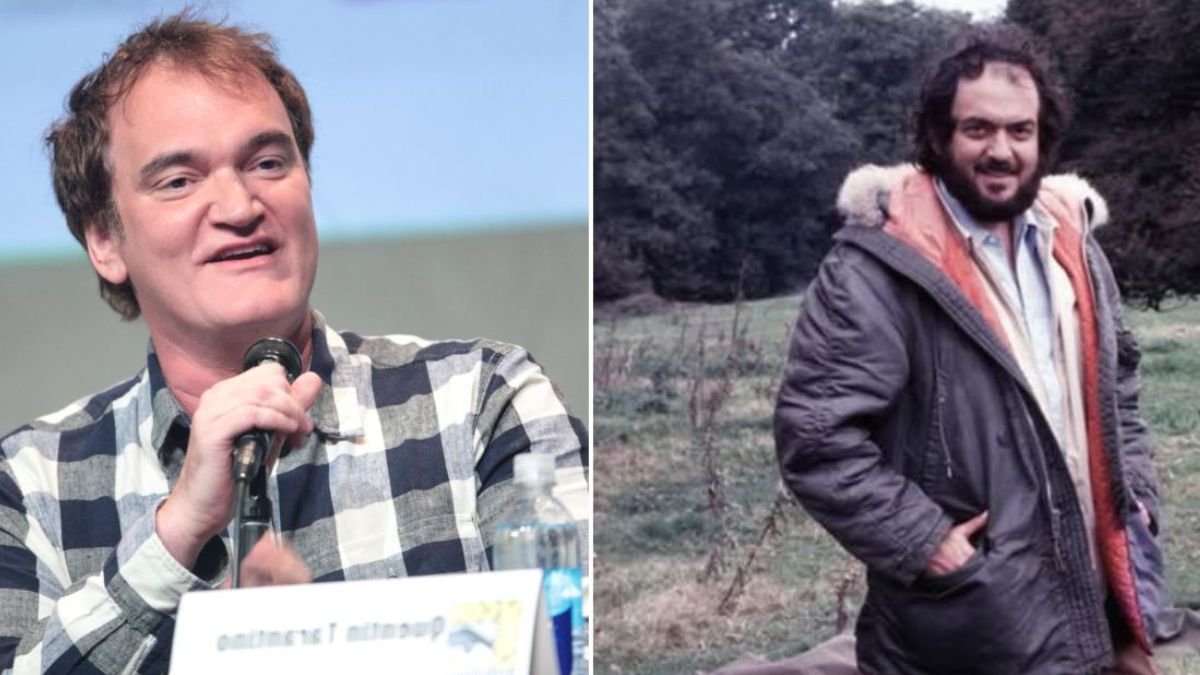When Quentin Tarantino released his explosive debut Reservoir Dogs in 1992, critics were quick to note its unique storytelling structure and gritty realism. What fewer casual viewers realized, however, was just how deeply the film was shaped by a 1956 noir classic: The Killing, directed by none other than Stanley Kubrick.
Though their filmmaking styles differ in many ways, Tarantino has repeatedly cited The Killing as a direct inspiration for his career-launching feature. And with good reason—Kubrick’s third film didn’t just break the mold; it helped construct the modern framework for the heist genre itself.
Kubrick’s First Foray Into Hollywood Changed Everything
Stanley Kubrick’s The Killing marked his entrance into mainstream American filmmaking. Adapted from Lionel White’s novel Clean Break, the movie revolved around a meticulously planned racetrack robbery. But it wasn’t the plot that set it apart—it was the method of storytelling.
Rather than unfolding in a linear sequence, The Killing skipped through time, offering multiple perspectives on the same event. Kubrick used voiceover narration to maintain clarity, a technique that allowed him to push narrative boundaries without alienating audiences. This innovative approach would go on to influence a generation of filmmakers, Tarantino included.
Breaking Structure Before It Was Cool
Decades before non-linear narratives became trendy, Kubrick crafted a timeline that zigzagged between events, revealing characters’ roles in pieces rather than all at once. It was a risk—especially for a filmmaker still early in his career—but it paid off. Critics recognized that Kubrick was doing more than making crime thrillers; he was redefining how stories could be told on screen.
This disjointed, puzzle-like structure would become one of the hallmarks of Tarantino’s style. When audiences first encountered Reservoir Dogs, they were pulled into a fractured timeline that mirrored Kubrick’s own narrative experiments. The heist itself was never shown—just its buildup and brutal aftermath.
Character Depth Over Flashy Drama
What separated The Killing from other capers of the time was Kubrick’s insistence on realism. Each member of the crew had a distinct motivation, making their internal dynamics as volatile as the heist itself. The film didn’t rely on melodrama but instead grounded the plot in emotional truths.
Tarantino absorbed this lesson well. In Reservoir Dogs, tensions among the thieves come from their conflicting egos and loyalties, not cartoonish villainy. That emotional authenticity owes much to Kubrick’s character-first approach to genre storytelling.
Tarantino’s Open Admiration
Tarantino has never hidden his admiration. In interviews dating back to the ’90s, he described The Killing as his favorite heist film. “I wasn’t trying to do a carbon copy,” he once explained, “but I saw Reservoir Dogs as my version of that kind of movie.”
By using The Killing as a template, Tarantino ensured his debut would resonate with both audiences and cinephiles. The influence runs deeper than structure—both films build tension through character psychology, not flashy set pieces.
Critical Praise Cemented Kubrick’s Breakthrough
Roger Ebert once called The Killing Kubrick’s “first fully realized feature,” a sentiment shared by many in the film community. While Kubrick had already directed Fear and Desire and Killer’s Kiss, it was this noir masterpiece that revealed his visionary capabilities. It also proved that commercial genre films could be as intellectually rich as art-house cinema.
From Kubrick to Tarantino And Beyond
What began with The Killing didn’t stop with Reservoir Dogs. Kubrick’s fingerprints can be found across modern heist and crime cinema, from Heat to Ocean’s Eleven. The concept of assembling a team for “one last job” and examining what goes wrong when human flaws interfere—that’s a formula Kubrick helped refine.
And while Tarantino’s films often steal the spotlight, they’re part of a larger cinematic family tree. Kubrick’s narrative risks created the soil from which Tarantino’s career—and the careers of many other directors—would grow.
Kubrick’s Lasting Echo in Film Language
Kubrick’s work has influenced far more than just plot structure. His use of multiple perspectives, psychological realism, and even voiceover narration continues to shape today’s crime dramas. Directors from Christopher Nolan to Guy Ritchie have adopted techniques pioneered in The Killing, even if they don’t realize it.
Tarantino merely acknowledged what so many have felt: Kubrick redefined what crime films could be.
One Film, Endless Ripples
The Killing may not be the most widely known entry in Kubrick’s filmography, but its impact runs deep. Without it, there might never have been a Reservoir Dogs. And without that film, the independent cinema boom of the ’90s might have looked very different.
In essence, Kubrick didn’t just influence Tarantino—he helped ignite a movement. That one decision to fracture a timeline and focus on flawed characters turned a 1956 noir into a guiding light for filmmakers for generations.
